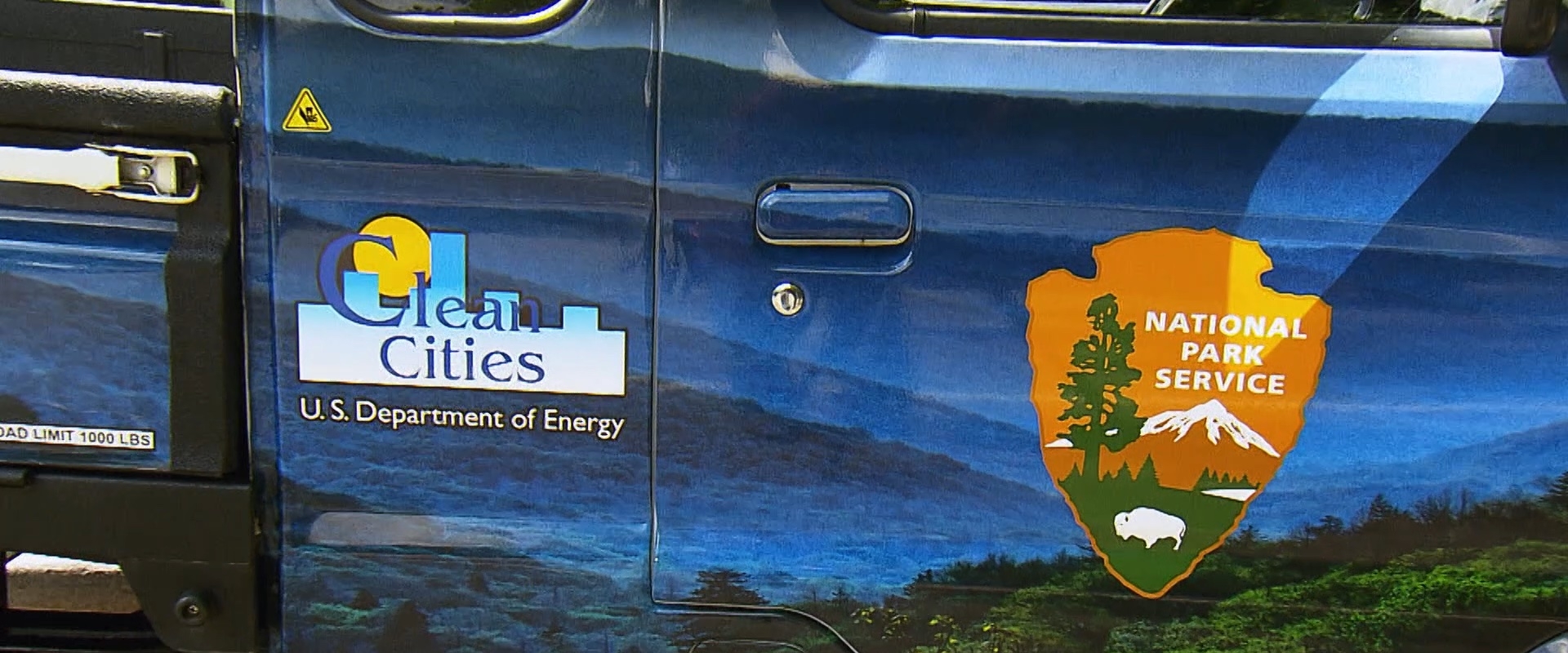30 Years of Clean Cities
The number of electric and hybrid vehicles on US roads has grown exponentially in just the past few years, and electrification is universally recognized as the auto industry’s power choice for the future. But advancing the use of clean fuels and technologies is hardly a new crusade.
The US Department of Energy’s clean cities program has been leading the charge for efficient transportation alternatives for the past three decades, and their successes have been victories for us all.
Clean Cities is a groundbreaking network of community-based coalitions, each tasked with encouraging the use of alternative fuels in their region. Starting with just 6 cities in 1993, Clean Cities has now grown to 75 coalitions with 20,000 active public and private stakeholder partners.
Clean Cities works with fleet managers, vehicle and fuel suppliers, local governments, and community organizations to develop solutions based on understanding local needs, opportunities and markets.
MARK BENTLEY: “Since 1993, Clean Cities organizations, like our Alabama Clean Fuels Coalition, have created significant and positive change in the transportation sector by building public and private partnerships to reduce our dependence on foreign petroleum.”
From big corporations like Frito-Lay, Coca Cola and UPS leading by example on a national level, to local contractors, taxis and refuse haulers, each new clean fleet deployment has driven demand for alt fuel, as well as electric and hybrid vehicles, and helped to expand the national clean fueling and charging infrastructure to where it is today.
It’s a winning formula. And the results are impressive: 1.5 million new alternative fuel vehicles on the road, 5 billion gallons of imported petroleum eliminated through alt fuels, cleaner technologies, and smarter driving, and 67 million tons of greenhouse gas emissions prevented from entering the earth’s atmosphere.
JOY GARDNER: “I like to refer to the Clean Cities as a clean transportation matchmakers. We’re able to tap into this amazing national network of—our fellow coalitions, their stakeholders, the DOE, national labs; And we’re able to make these connections that have led to the millions of alternative fuel vehicle and infrastructure deployments across the country.”
 A commercial vehicle visits a natural gas station.
A commercial vehicle visits a natural gas station.
In 1997, only 6% of US transit buses used alternative fuels. Since then, that number has jumped to over 50%. But despite its tremendous growth, Clean Cities is still very much a grassroots operation at heart, celebrating one ribbon-cutting at a time, and relying on each other for much needed support.
MARK SMITH: “So, we’ve had some great things to be proud of over the past 30 years; but, now we have the next 30 years ahead of us, and we know that we’re in the transition to zero-emission vehicles, be that battery-electric vehicles, hydrogen fuel cell vehicles—and, we need to make sure that our Clean Cities coalitions have the tools and the expertise to help their stakeholders make that transition into the zero-emission vehicle, uh, era.
But, in the meantime, we have to make sure that those traditional alternative fuels that we’ve used to get where we’re at today—such as biofuels, propane, natural gas—that they will play a role as we help to make the transition.”
The idea of government empowering local citizens to be agents of change for the common good is an innovative approach that has exceeded all expectations. And if the past 30 years is any indication, clean cities coalitions will continue to show the way forward, for decades to come.








